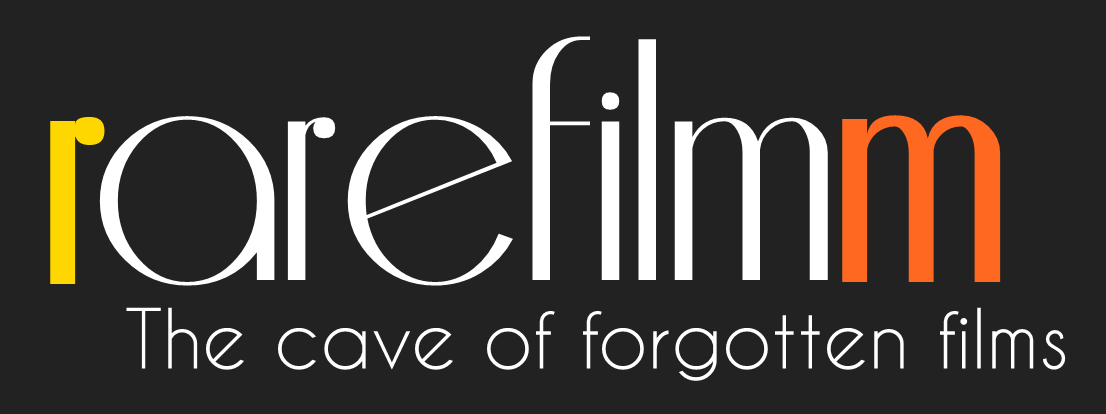Filmed in a middle school gymnasium in suburban Japan, Goshogaoka takes as its ostensible subject the exercise routines and drills of a girls basketball team. The film consists of six ten-minute takes, shot with a fixed camera at court level, in which the various cadences of chanting voices and bodily movements digress into distinct studies. Taken together they construct a subtle and multi-layered social portrait, a portrait framed within a study of choreographed movements (the routines, etc.) and therefore one in which documentary values soon become inseparable from aesthetic ones.
Category: Experimental
——UPGRADED——
Shûji Terayama’s debut feature Throw Away Your Books, Rally in the Streets, an adaptation of his eponymous novel and play, is a playful, energetic, psychedelic, visually hypnotic critique of contemporary Japanese society’s descent into ruthless materialism. The story focuses on a teenager in hopeless search of identity within a highly dysfunctional family and a fractured world that both threaten to devour the boy—demanding everything and not really caring at all. A masterpiece of subversive cinema.
An experimental, ludicrous, plotless, absurd, surreal comedy. It is seemingly intentionally impossible to understand. It leaps from scene to scene, world to world, with recurring names and actors being the only things that hold it together. Very much like sketch comedy, except without much of a point. The movie literally goes from “Moment To Moment”, with no actual narrative in mind rather than to just film a bunch of miscellaneous scenes and ideas and cut them together. Make of it what you will.
On stormy night in an ugly urban landscape, Ciro Norte, a scientist with wild hair and thick glasses, straps himself to a chair he’s has fashioned with wires: lightening strikes, convulsing him. It seems his experiment has not worked. The next day, he drives his jalopy to a bar, sits alone, and weeps. But suddenly, a vortex sucks him into a dream state where he wanders, escapes man-eating fish, confronts his doppelganger, walks through a field of giant flowers, and comes upon Venus herself, buried up to her shoulders in sand.
Two narrators, one seen and one unseen, discuss possible connections between a series of paintings. The on-screen narrator walks through three-dimensional reproductions of each painting, featuring real people, sometimes moving, in an effort to explain the series’ significance.
This haunting installment contains a solitary wood chair with headphones attached, facing a television monitor. A man (the artist himself), looking visibly fatigued, appears on the screen, sitting in his own chair. Here, the artist compels viewers into an intimate relationship: they sit at eye level with him, listening to the sound of his breathing through the headphones.
Directed by French author Georges Perec, Les Lieux d’une fugue is an autobiographical account of the writer’s experience of running away from his aunt’s house at age 11. As much a meditation on the streets of Paris as it is personal narrative, Les Lieux d’une fugue examines how Perec’s verbal games play out alongside a movie camera.
What do vampires, Hollywood melodramas, porn films, the countdown of golden oldies, and drives down the highway with Mick Jagger on the radio have in common? Casual Relations knows. In Rappaport’s dazzling and bizarre feature-length debut, he focuses on states of imaginative possession and dispossession, demonstrating how impossible it is to separate fantasies, dreams, and realities.

 For any questions or requests you can always find me at rarefilmm@gmail.com. Stay tuned for those new movies! Thank you once again for all the love and support and thanks a lot to everyone who keeps spreading the word about the site, the rarefilmm community is truly amazing, I'm very grateful for all your love and support
For any questions or requests you can always find me at rarefilmm@gmail.com. Stay tuned for those new movies! Thank you once again for all the love and support and thanks a lot to everyone who keeps spreading the word about the site, the rarefilmm community is truly amazing, I'm very grateful for all your love and support 
